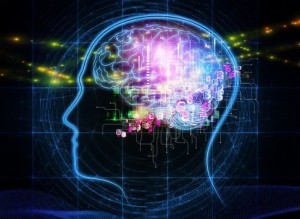 In our data-driven educational climate, schools are pressed to validate learning objectives. Measuring outcomes can diminish more process oriented student preparation, such as balancing self-directed learning in mixed readiness classes. Pressures of time, content, and method often leave teachers choosing between cultivating creativity and production.
In our data-driven educational climate, schools are pressed to validate learning objectives. Measuring outcomes can diminish more process oriented student preparation, such as balancing self-directed learning in mixed readiness classes. Pressures of time, content, and method often leave teachers choosing between cultivating creativity and production.
Emerging teacher leaders navigate this challenge for themselves but also for their peers who need their support. In preparation for these challenges, teachers need a model of professional development that considers a range of factors including knowledge, interest, capability but also time, learning style, and modality.
The notion that children are essentially blank slates (tabula rasas) waiting to be filled with knowledge was the impetus for a pedagogical model of education in which the teacher (or state) decided what and how the child should be taught. Teacher education followed this model and mandated and prescribed training made up much of the current professional development model.
The seventies brought a new perspective on how people learn and how teaching should be provided. Andragogy recognizes the adult learners’ experiences as a central motivator for learning. Much of what is now referred to as learner-driven training was developed out of this model. However, despite the flexibility in delivery methods (on-line and in-person) little of the material is truly learner-centered and is still based on what has been determined to be necessary for teachers to master.
In the year 2000, researchers Stewart Hase and Chris Kenyon coined the term heutagogy to describe learning that is not dependent on problem solving, rather is more pro-active and nature and builds on the learner’s skills and curiosity. Learners determine their own path through reflection, interest and collaboration with others. The process of learning becomes as important, if not more, than what is learned. Heutagogy leads to capable, creative, self-actualized individuals with a high capacity to work well with others and respond to rapid change.
Any model however has its limitations. Heutagogy, the polarity of state directed learning, which was limited with autonomy and creativity, may have opposite limitations. If teachers are engaged in self-directed learning, the potential for isolation, a lack of social learning, and a reduction in discriminative learning via debate is also possible.
With self-directed learning, educators will still need a model that allows for interaction when and if it’s needed, to account for their constraints of time and unique interests, capabilities, and learning styles. This future hybrid model of self-directed learning has not yet been named, but labtagogy may be a start (lab= to work with, work out, hard work; ‘agogue’= a person or thing that leads or incites action).
This future platform might capitalize on experience and knowledge across many disciplines that intersect with education, and may blur the line between educator and learner, expert and novice. Growing self-directed, self-actualized teachers will require an approach to school leadership that is less top-down and that recognizes the potential for leadership across discipline, title and position.
How ready is your school for such a direction?
